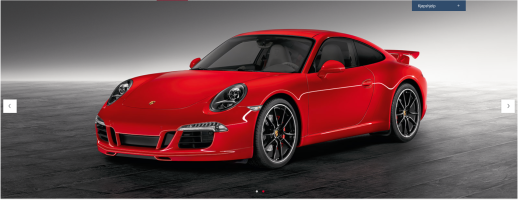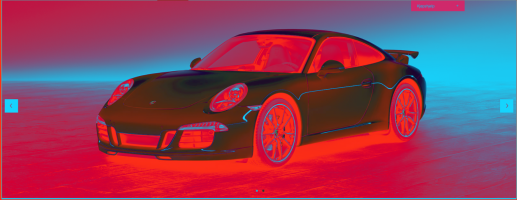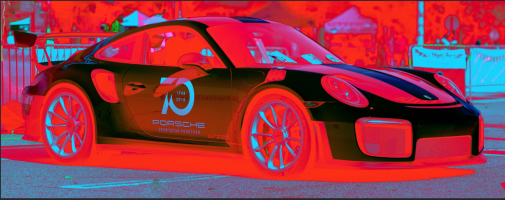I'm certainly not criticizing, merely trying to point out a different way to process so there is no need to
"Really had to spend time in post to get them right." If we can't help each other out with stuff other than how fast the R5 overheats then the forum will be a very negative place!

The Porsche in your picture is Guards Red, here is the official picture from Porsche of a Guards Red 911.
View attachment 192024
If you put it into Photoshop and make a colored fill layer on top with red at 255 and set the blend mode to 'difference', in an optimally exposed red channel image you will see a little black but mostly gradations, you don't want blocks of black.
It will look like this. Small black patches on the tops of the fenders hood, C-pillar etc but quickly fading to nice gradations.
View attachment 192025
With the same fill layer your image looks like this. Large black patches on the three fenders, the hood the roof and the front bumper.
View attachment 192026
To be clear, there are two different aspects at play, one is WB which as you say is personal to the day and specific light source, that accounts for the differing hue, but the blocking (lack of tonality) is due to a clipped red channel which can only be fixed by less exposure at capture it can't be fixed in post.
Sorry if I have made a pain of myself, truthfully I consider this a learning site and with there having been so much negativity here recently I thought it appropriate to try to give out some positive comments. Reds are defiantly an issue for many digital cameras and knowing how to get them right if and when we need to can make a huge difference and save a ton of time.




